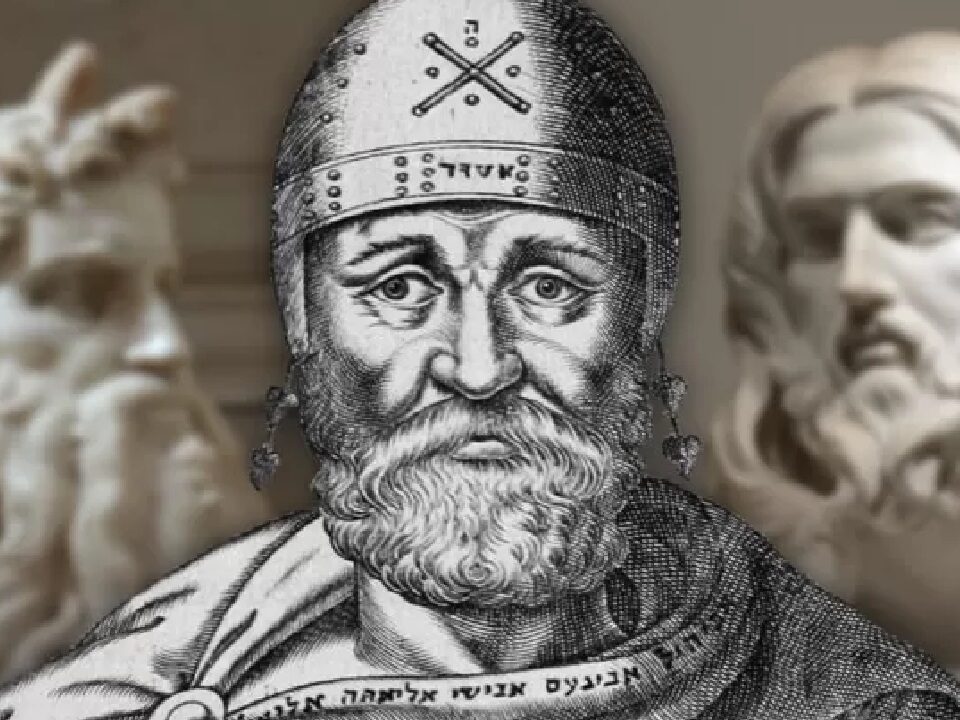
Jesus, Paul and Torah: Collected Essays.
December 1, 2018
Statistics on Who and How Many God is in the NT!
January 10, 2019How Jesus became God!

How is the divine Jesus [of Orthodoxy] related to the transcendent God of monotheistic faith?
From a historical perspective one can understand the genesis of the problem of Jesus’ relation to God by the hypostatization of symbolic language about God, in this case [John 1] the symbols “wisdom” and “word.”
Hypostatization generally means making an idea or a concept into a real thing. In its broad sense the term “hypostasis” means the individuality of a something: a hypostasis is an individual instantiation within a class or species. To hypostatize is to interpret a concept as an existing being, to concretize or materialize an idea. It is to reify, in which process reification means to construe the object of a figure of speech as a reality.
By contrast, the symbols Wisdom, Word, and Spirit, which are found in the Jewish scriptures and refer to God, are not hypostatizations but personifications. Personification is a figure of speech in which the symbol is consciously or deliberately treated or spoken of as a person. Proverbs 8 contains a clearly intended personification of God’s intelligence or wisdom as a pre-existent person and agent of God. As a figure of speech, it does not intend that wisdom is a distinct or discrete entity or being.
A major development occurred when a personification became transformed into a hypostatization, that is, when what was a figure of speech became intended not as a figure of speech but as referring to “a real being.”
Wisdom is no longer a linguistic symbol referring obliquely to an attribute of God, but a real being; Logos is no longer a figure of speech but a distinct being; Spirit is no longer a constructive exercise of the human poetic imagination that metaphorically depicts the effects of God as the invisible power of the wind, but a literal something.
The hypostatization of a preexistent Logos and Wisdom creates a problem. As long as Logos and Wisdom remain what they were originally, personifications, that is, figures of speech used to say something about God, it makes sense to say that God’s wisdom was actualized in Jesus, and that Jesus embodies God’s wisdom. But when the Logos is understood to be a reality in itself, distinct from the Father, and yet somehow divine, and as a divine entity to have assumed flesh, a far different assertion is being made.
This language becomes analogous to the thinking of the polytheistic culture which was familiar with hierarchies of divine entities populating the invisible world.
Was Jesus the incarnation of “a second God”?
And yet how else could Christians, who were monotheists, express their distinctive experience in worship that Jesus was of God?
When this development is placed within the context of the objectification of Christian language that occurred with the writing of the New Testament, and of the decisive influence of John’s Prologue in christology, one can understand the problem that was to be taken up in the second century.

